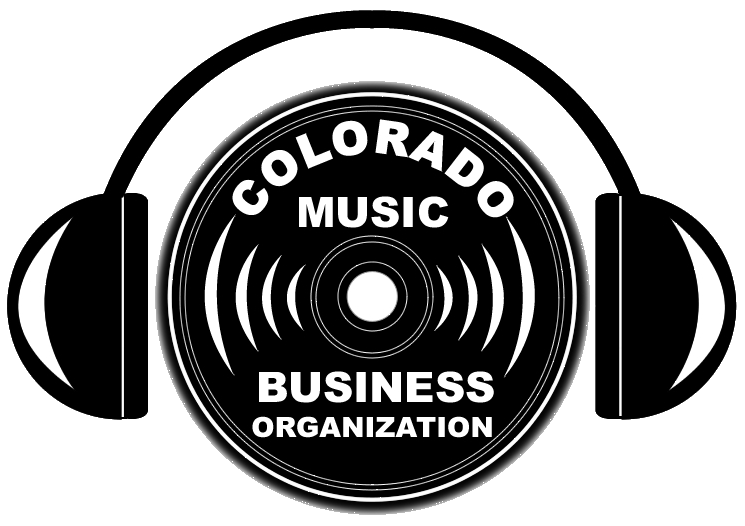By Daryl Robertson, LouderSound/MusicRadar | Confused about the terminology surrounding live sound? Here’s everything you need to know about decibels and loudness from a qualified audio engineer. Ask a music fan about their favourite concert and chances are they’ll wax lyrical about the band’s performance, the atmosphere of the crowd and the near-perfect setlist. However, ask them about the sound quality and the loudness of the concert, and they’ll likely struggle to find the right words to describe it. This is understandable, as sound can be a complex topic to discuss.
While I don’t expect everyone to become experts in psychoacoustics or complex physics, understanding sound terminology can truly empower you. It can help you make informed decisions about your live music experiences and even protect your ears. So, investing some time to learn the fundamentals is definitely worthwhile.
My journey in the world of live music started early, with my first punk band at 12 with my brother and my first job at 17, running sound at a local venue. As I grew older, my passion for music only deepened, leading me to a Bachelor’s degree in Creative Sound Production and working in various venues in Scotland.
I’ve had the privilege of operating sound for a diverse range of shows, from bands such as Don Broco to comedians like Alan Carr, and even opera, dance shows and the odd pantomime here and there. Nowadays, I share my knowledge and experiences through writing for Louder’s sister site MusicRadar, covering everything from setting up PA systems to reviewing popular music-making gear.
Today, I’m going to walk you through everything you need to know about loudness, from explaining decibels and sound pressure levels to the warning signs a concert is getting too loud. So if you’re an avid gig-goer, you’ll want to read on.
What is a decibel?
The decibel, often written as “dB” is a logarithmic unit used to measure sound level, with 0 being the quietest sound perceived by the human ear. It’s probably not important to know the exact scientific reason behind the scale, but rather, how the scale relates to common everyday sounds.
Very basically, the decibel scale increases in factors of 10 – and more importantly, as you ascend the scale, the “perceived loudness” is doubled.
For example, let’s take a look at the bottom end of the scale. A sound at 20 dB is not just a little louder than a sound at 0 dB, it’s a whopping 100 times more intense. But to your ears, it would seem four times as loud, which is quite a significant difference. And if we go a bit higher to 30 dB, we’re talking about a sound that’s 1,000 times more intense than a sound at 0 dB, and it would be perceived as 8 times as loud.
When is loud too loud?
> > > > > > > > >
Go to the article to read the full description:
https://www.loudersound.com/features/volume-and-decibel-levels-explained
Daryl is a Senior Deals Writer on Louder’s sister sites MusicRadar, Guitar World and Guitar Player. He has a passion for anything that makes a sound, in particular guitars, pianos and recording equipment. In a previous life, he worked in music retail, giving advice on all aspects of music creation, selling everything from digital pianos to electric guitars, and entire PA systems to ukuleles. He’s also a fully qualified sound engineer with experience working in various venues in Scotland.
Photo: Erica Brown – singing her heart out!

